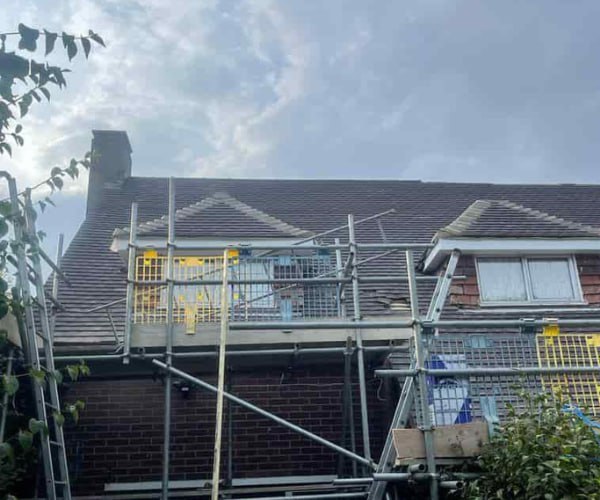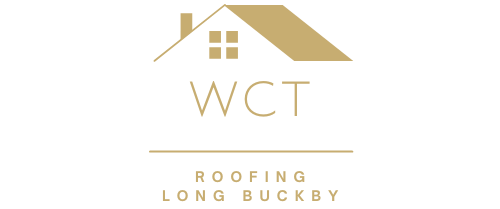How Roof Inspections Can Contribute to LEED Certification
Introduction: In an era where sustainable building practices are becoming increasingly important, achieving LEED (Leadership in Energy and Environmental Design) certification is a significant goal for many property owners and developers. While you may already know the benefits of green building practices, did you know that regular roof inspections can be crucial in achieving LEED certification? In this blog post, brought to you by WCT Roofing Long Buckby, we will explore how roof inspections can contribute to LEED certification and help you create environmentally friendly and sustainable buildings.
Understanding LEED Certification
LEED certification is a globally recognised rating system developed by the U.S. Green Building Council (USGBC). It evaluates buildings’ sustainability and environmental performance, encouraging energy efficiency, resource conservation, and environmental responsibility. Achieving LEED certification signifies a commitment to reducing a building’s environmental footprint.
The Role of Roof Inspections in LEED Certification
Roof inspections may not be the first thing that comes to mind when thinking about LEED certification, but they can contribute significantly to the process in several ways:
- Energy Efficiency:
- Regular roof inspections help identify leaks, poor insulation, or damaged roofing materials. Addressing these problems promptly can improve the building’s energy efficiency, a key component of LEED certification.
- Water Management:
- LEED certification places a strong emphasis on effective water management. Roof inspections can detect issues with drainage systems, gutters, or downspouts, ensuring proper water collection and disposal.
- Materials and Resources:
- Roof inspections can help extend the lifespan of roofing materials, reducing the need for replacements and conserving resources. Proper maintenance and repair can align with LEED’s focus on sustainable materials.
- Indoor Environmental Quality:
- A well-maintained roof prevents moisture intrusion, which can lead to mould growth and poor indoor air quality. Maintaining a healthy indoor environment is essential for LEED certification.
- Reflective Roofing:
- Roof inspections can assess the condition of reflective roofing materials. Cool or reflective roofing systems can help reduce heat absorption and lower cooling costs, aligning with LEED’s emphasis on reducing the urban heat island effect.
- Documentation and Reporting:
- Keeping roof inspections, repairs, and maintenance records is essential for LEED certification. It demonstrates a commitment to building sustainability and compliance with LEED prerequisites and credits.
LEED Prerequisites and Credits
To achieve LEED certification, buildings must meet specific prerequisites and earn credits in various categories. Roof inspections can directly impact several categories, including Energy and Atmosphere, Water Efficiency, Materials and Resources, and Innovation.
Conclusion: Regular roof inspections are not only essential for maintaining the integrity of your building but also for contributing to LEED certification. By promptly identifying and addressing roofing issues, you can improve energy efficiency, conserve resources, and create a healthier indoor environment—all of which are vital aspects of sustainable building practices.
Call us on: 01327 221 397
Click here to find out more about WCT Roofing Long Buckby
Click here to complete our contact form and see how we can help with your roofing needs.

